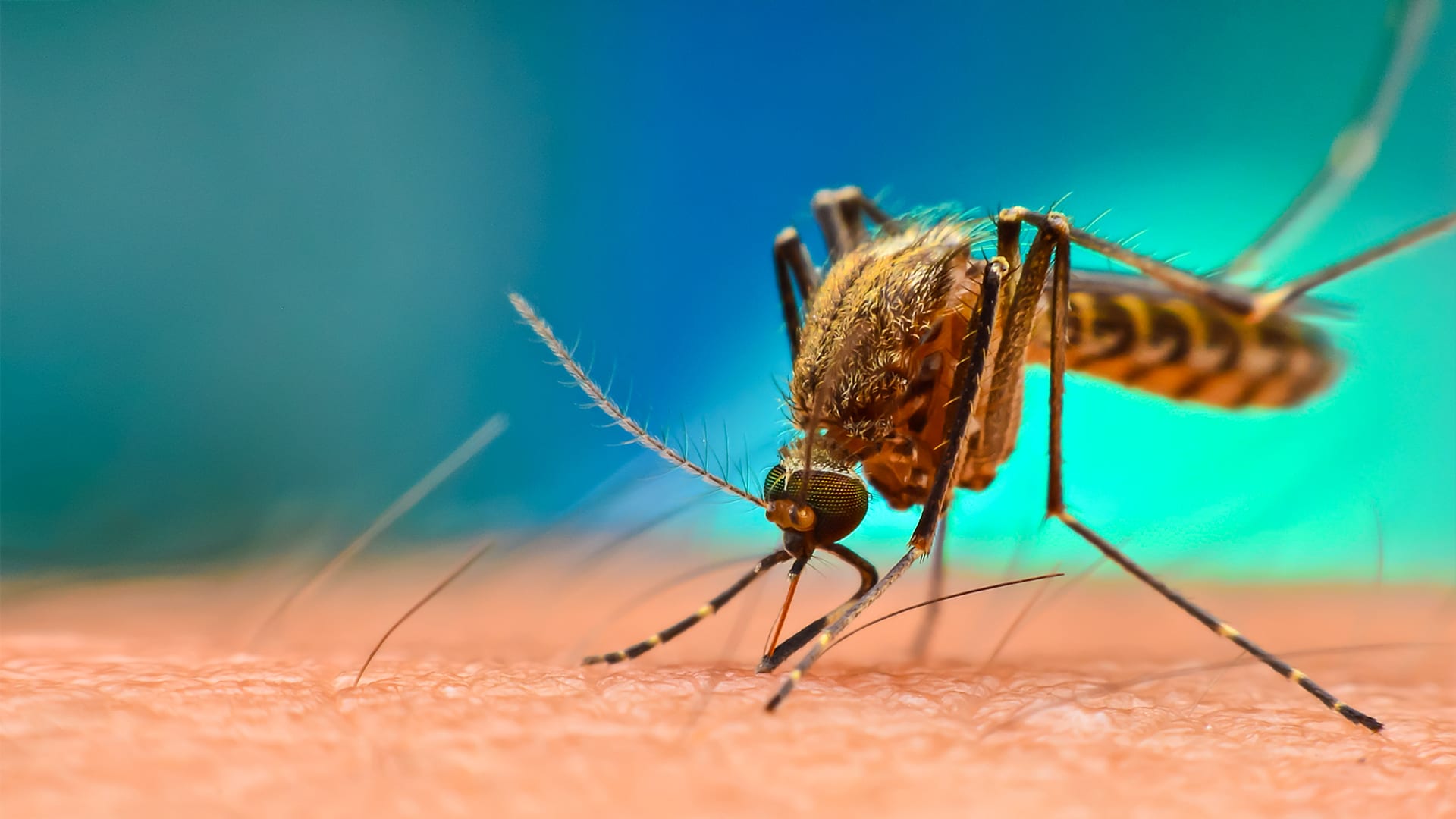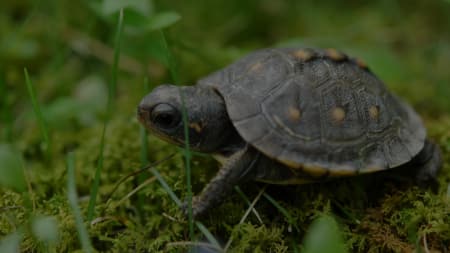Scroll for prep

Please wait…
This video is having trouble loading. You may have lost your Internet connection.
Step 1: Click to Reload this page
Step 2: Click to
Try our other video player
Step 3: contact support if trouble persists.
Or,
dismiss this message.
CONVERSEMOS:
¿Cómo puede ser peligroso un insecto tan pequeño?
Pista...
¿Quizás tiene que ver con la sangre que obtienen al picarte?

Please wait…
This video is having trouble loading. You may have lost your Internet connection.
Step 1: Click to Reload this page
Step 2: Click to
Try our other video player
Step 3: contact support if trouble persists.
Or,
dismiss this message.

Please wait…
This video is having trouble loading. You may have lost your Internet connection.
Step 1: Click to Reload this page
Step 2: Click to
Try our other video player
Step 3: contact support if trouble persists.
Or,
dismiss this message.
CONVERSEMOS:
¿Por qué crees que hay más zancudos en los trópicos que en otros lugares?

Please wait…
This video is having trouble loading. You may have lost your Internet connection.
Step 1: Click to Reload this page
Step 2: Click to
Try our other video player
Step 3: contact support if trouble persists.
Or,
dismiss this message.
CONVERSEMOS:
Con lo que has aprendido sobre los zancudos y su ciclo de vida, ¿qué sugerencias le darías a la gente para ayudarlos a que no le piquen los zancudos después de una primavera lluviosa?

Please wait…
This video is having trouble loading. You may have lost your Internet connection.
Step 1: Click to Reload this page
Step 2: Click to
Try our other video player
Step 3: contact support if trouble persists.
Or,
dismiss this message.

Please wait…
This video is having trouble loading. You may have lost your Internet connection.
Step 1: Click to Reload this page
Step 2: Click to
Try our other video player
Step 3: contact support if trouble persists.
Or,
dismiss this message.
Paso
01/16
01/16
Encuentra un compañero o una compañera con quien trabajar.
Ustedes dos compartirán ideas, pero cada uno presentará su
propia solución para el problema.
Ustedes dos compartirán ideas, pero cada uno presentará su
propia solución para el problema.

Please wait…
This video is having trouble loading. You may have lost your Internet connection.
Step 1: Click to Reload this page
Step 2: Click to
Try our other video player
Step 3: contact support if trouble persists.
Or,
dismiss this message.
Paso
02/16
02/16
Obtén estos útiles. Recibirás otros más adelante.

Please wait…
This video is having trouble loading. You may have lost your Internet connection.
Step 1: Click to Reload this page
Step 2: Click to
Try our other video player
Step 3: contact support if trouble persists.
Or,
dismiss this message.
Paso
03/16
03/16
Platica con tu compañero. Luego contesta la pregunta número uno
en tu hoja de trabajo.
en tu hoja de trabajo.

Please wait…
This video is having trouble loading. You may have lost your Internet connection.
Step 1: Click to Reload this page
Step 2: Click to
Try our other video player
Step 3: contact support if trouble persists.
Or,
dismiss this message.
Paso
04/16
04/16
Experta #1: Lee en voz alta lo que la guardabosques ha
observado. Escribe tus ideas.
observado. Escribe tus ideas.

Please wait…
This video is having trouble loading. You may have lost your Internet connection.
Step 1: Click to Reload this page
Step 2: Click to
Try our other video player
Step 3: contact support if trouble persists.
Or,
dismiss this message.
Paso
05/16
05/16
Experto #2: Lee en voz alta lo que el pescador ha observado.
Escribe tus ideas.
Escribe tus ideas.

Please wait…
This video is having trouble loading. You may have lost your Internet connection.
Step 1: Click to Reload this page
Step 2: Click to
Try our other video player
Step 3: contact support if trouble persists.
Or,
dismiss this message.
Paso
06/16
06/16
Experta #3: Lee en voz alta lo que la meteoróloga ha observado.
Escribe tus ideas.
Escribe tus ideas.

Please wait…
This video is having trouble loading. You may have lost your Internet connection.
Step 1: Click to Reload this page
Step 2: Click to
Try our other video player
Step 3: contact support if trouble persists.
Or,
dismiss this message.
Paso
07/16
07/16
Experta #4: Lee en voz alta lo que la experta en mantenimiento
ha observado. Escribe tus ideas.
ha observado. Escribe tus ideas.

Please wait…
This video is having trouble loading. You may have lost your Internet connection.
Step 1: Click to Reload this page
Step 2: Click to
Try our other video player
Step 3: contact support if trouble persists.
Or,
dismiss this message.
Paso
08/16
08/16
Experto #5: Lee en voz alta lo que el excursionista ha observado.
Escribe tus ideas.
Escribe tus ideas.

Please wait…
This video is having trouble loading. You may have lost your Internet connection.
Step 1: Click to Reload this page
Step 2: Click to
Try our other video player
Step 3: contact support if trouble persists.
Or,
dismiss this message.
Paso
09/16
09/16
Experta #6: Lee en voz alta lo que la observadora de aves ha visto.
Escribe tus ideas.
Escribe tus ideas.

Please wait…
This video is having trouble loading. You may have lost your Internet connection.
Step 1: Click to Reload this page
Step 2: Click to
Try our other video player
Step 3: contact support if trouble persists.
Or,
dismiss this message.
Paso
10/16
10/16
Expertos #7: Lee en voz alta lo que este papá y su hija han observado.
Escribe tus ideas.
Escribe tus ideas.

Please wait…
This video is having trouble loading. You may have lost your Internet connection.
Step 1: Click to Reload this page
Step 2: Click to
Try our other video player
Step 3: contact support if trouble persists.
Or,
dismiss this message.
Paso
11/16
11/16
Platica con tu compañero o compañera sobre todas las ideas que
escribieron. Quizás juntos o juntas se les ocurrirán otras ideas. Si
eso sucede, escríbanlas también.
escribieron. Quizás juntos o juntas se les ocurrirán otras ideas. Si
eso sucede, escríbanlas también.

Please wait…
This video is having trouble loading. You may have lost your Internet connection.
Step 1: Click to Reload this page
Step 2: Click to
Try our other video player
Step 3: contact support if trouble persists.
Or,
dismiss this message.
Paso
12/16
12/16
Obtén esta hoja.

Please wait…
This video is having trouble loading. You may have lost your Internet connection.
Step 1: Click to Reload this page
Step 2: Click to
Try our other video player
Step 3: contact support if trouble persists.
Or,
dismiss this message.
Paso
13/16
13/16
Mira tu hoja de trabajo «Sin Zancudos» y platica con tu compañero
o compañera. Luego, contesta la pregunta número tres en la hoja de
«Soluciones para el Problema.»
o compañera. Luego, contesta la pregunta número tres en la hoja de
«Soluciones para el Problema.»

Please wait…
This video is having trouble loading. You may have lost your Internet connection.
Step 1: Click to Reload this page
Step 2: Click to
Try our other video player
Step 3: contact support if trouble persists.
Or,
dismiss this message.
Paso
14/16
14/16
Elige una solución o varias soluciones para el lugar que escogiste.
Dibuja lo que construirías o harías para resolver el problema de
los zancudos.
Dibuja lo que construirías o harías para resolver el problema de
los zancudos.

Please wait…
This video is having trouble loading. You may have lost your Internet connection.
Step 1: Click to Reload this page
Step 2: Click to
Try our other video player
Step 3: contact support if trouble persists.
Or,
dismiss this message.
Paso
15/16
15/16
En la parte de abajo de tu hoja «Sin Zancudos», escribe cómo tu
idea acabará con el problema de los zancudos.
idea acabará con el problema de los zancudos.

Please wait…
This video is having trouble loading. You may have lost your Internet connection.
Step 1: Click to Reload this page
Step 2: Click to
Try our other video player
Step 3: contact support if trouble persists.
Or,
dismiss this message.
Paso
16/16
16/16
Conversemos. Luego contesta la pregunta número cuatro en tu hoja
de trabajo. Ve el último video.
de trabajo. Ve el último video.

Please wait…
This video is having trouble loading. You may have lost your Internet connection.
Step 1: Click to Reload this page
Step 2: Click to
Try our other video player
Step 3: contact support if trouble persists.
Or,
dismiss this message.

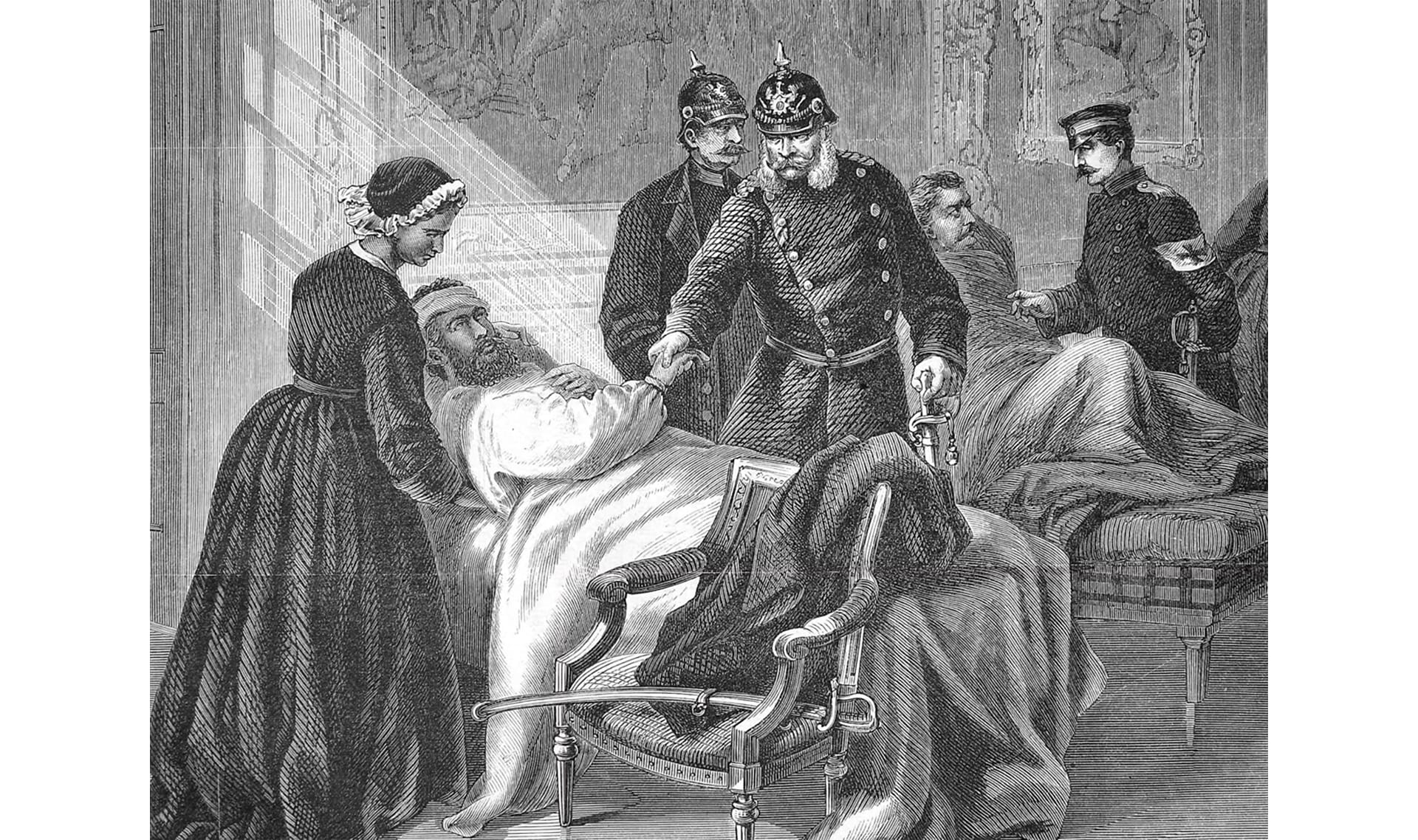
enfermedad
1 de 12
algo que hace que un ser viviente se enferme
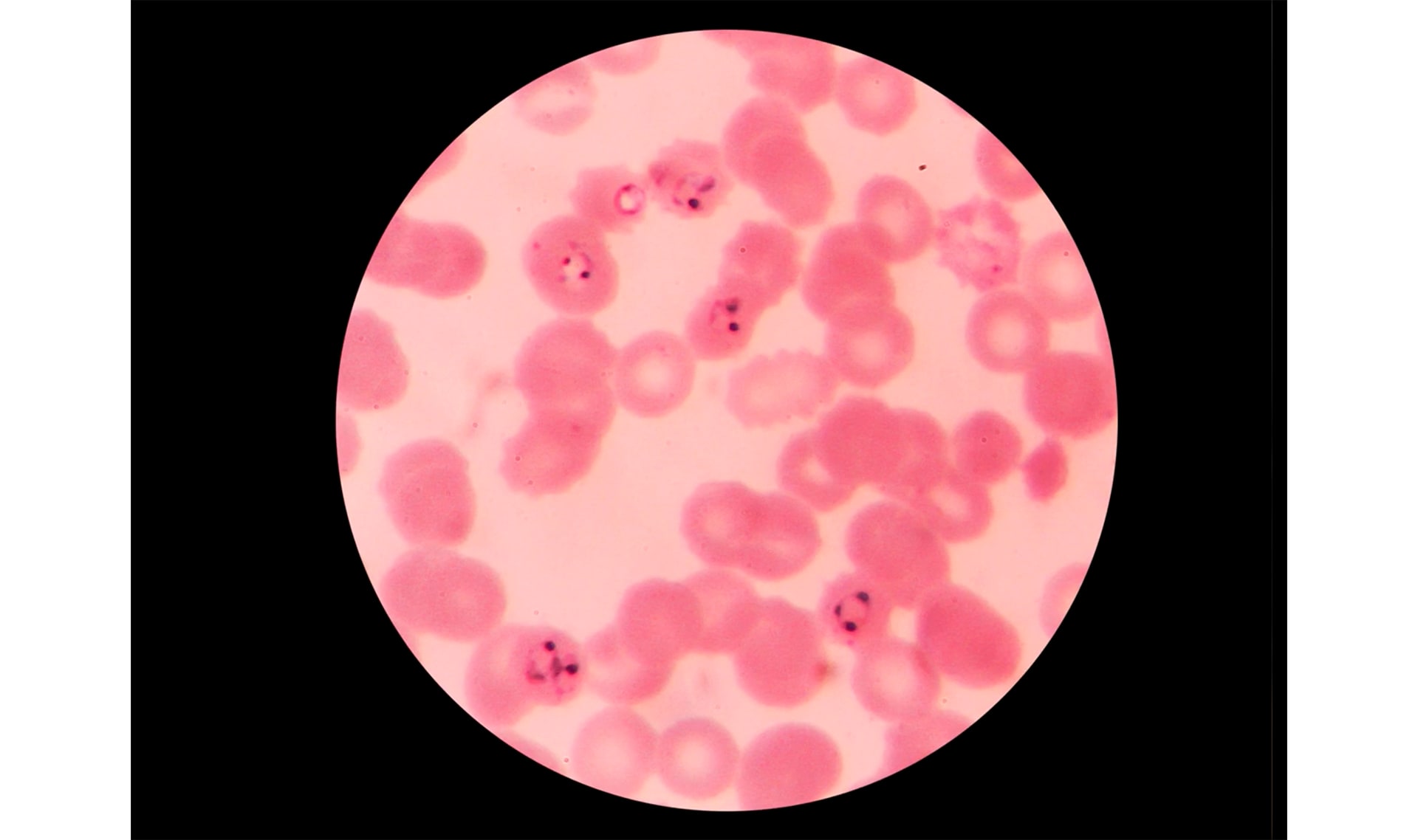
malaria
2 de 12
una enfermedad de la sangre causada por parásitos transportada por zancudos
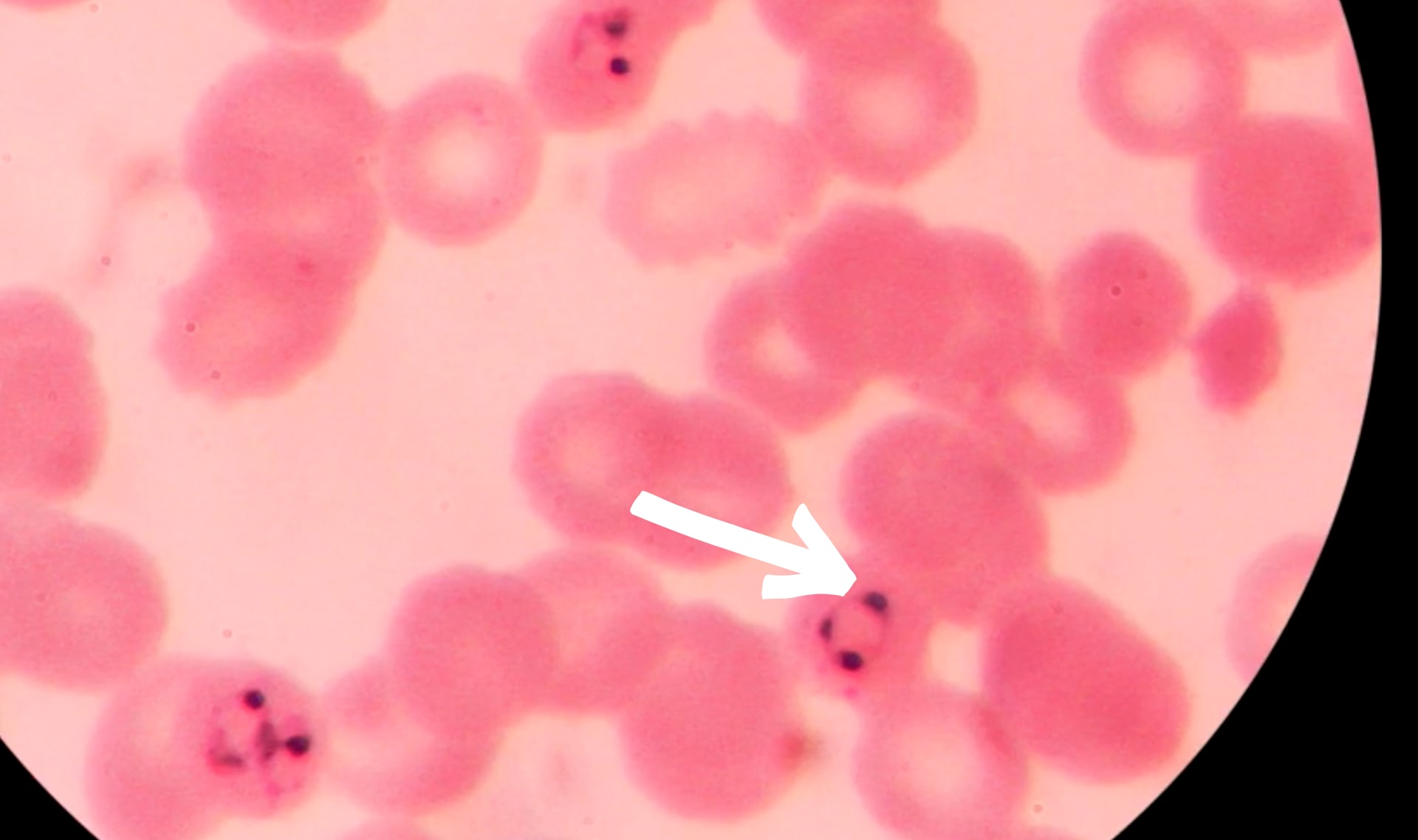
parásito
3 de 12
un ser viviente que vive dentro de o sobre otro ser viviente y obtiene sus nutrientes de él

metamorfosis
4 de 12
el proceso durante el cual el cuerpo de un animal se transforma drásticamente, por ejemplo, cuando una oruga se convierte en una mariposa

Please wait…
This video is having trouble loading. You may have lost your Internet connection.
Step 1: Click to Reload this page
Step 2: Click to
Try our other video player
Step 3: contact support if trouble persists.
Or,
dismiss this message.
larva
5 de 12
la etapa del ciclo de la vida entre huevo y pupa para los seres vivientes que padecen una metamorfosis
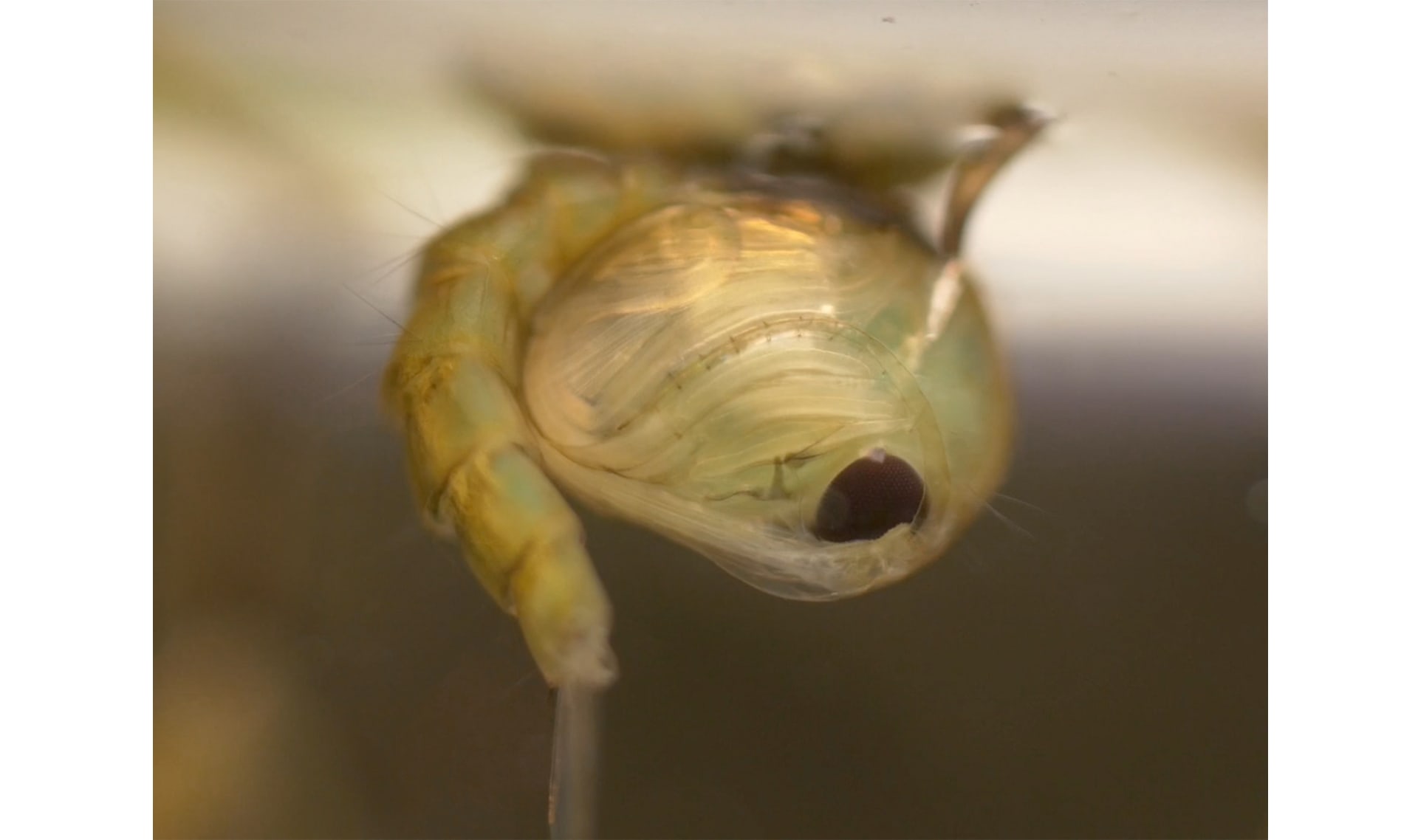
pupa
6 de 12
la etapa del ciclo de la vida entre larva y adulto para los seres vivientes que padecen una metamorfosis
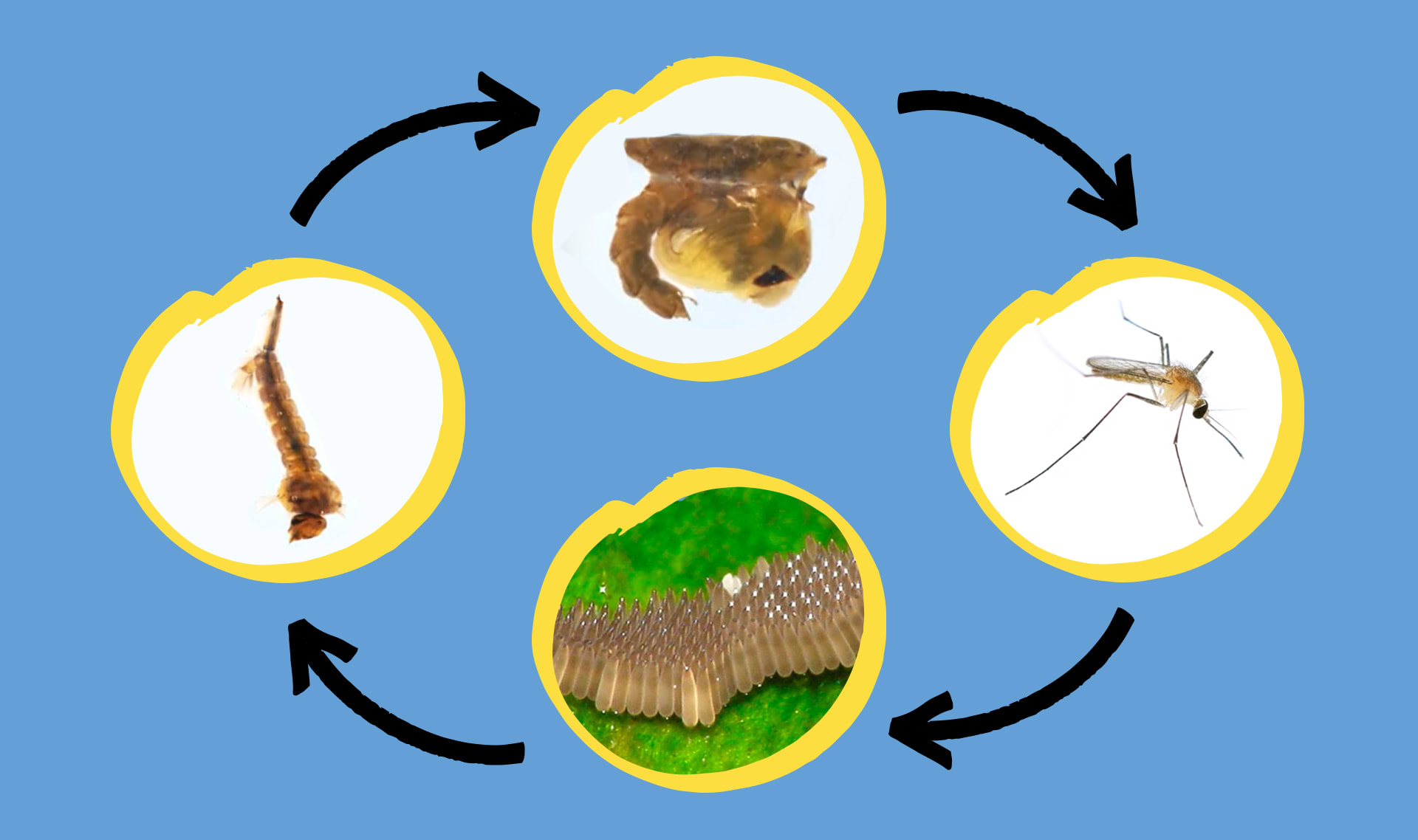
ciclo de vida
7 de 12
todas las etapas de la vida: nacimiento, crecimiento, reproducción, y muerte
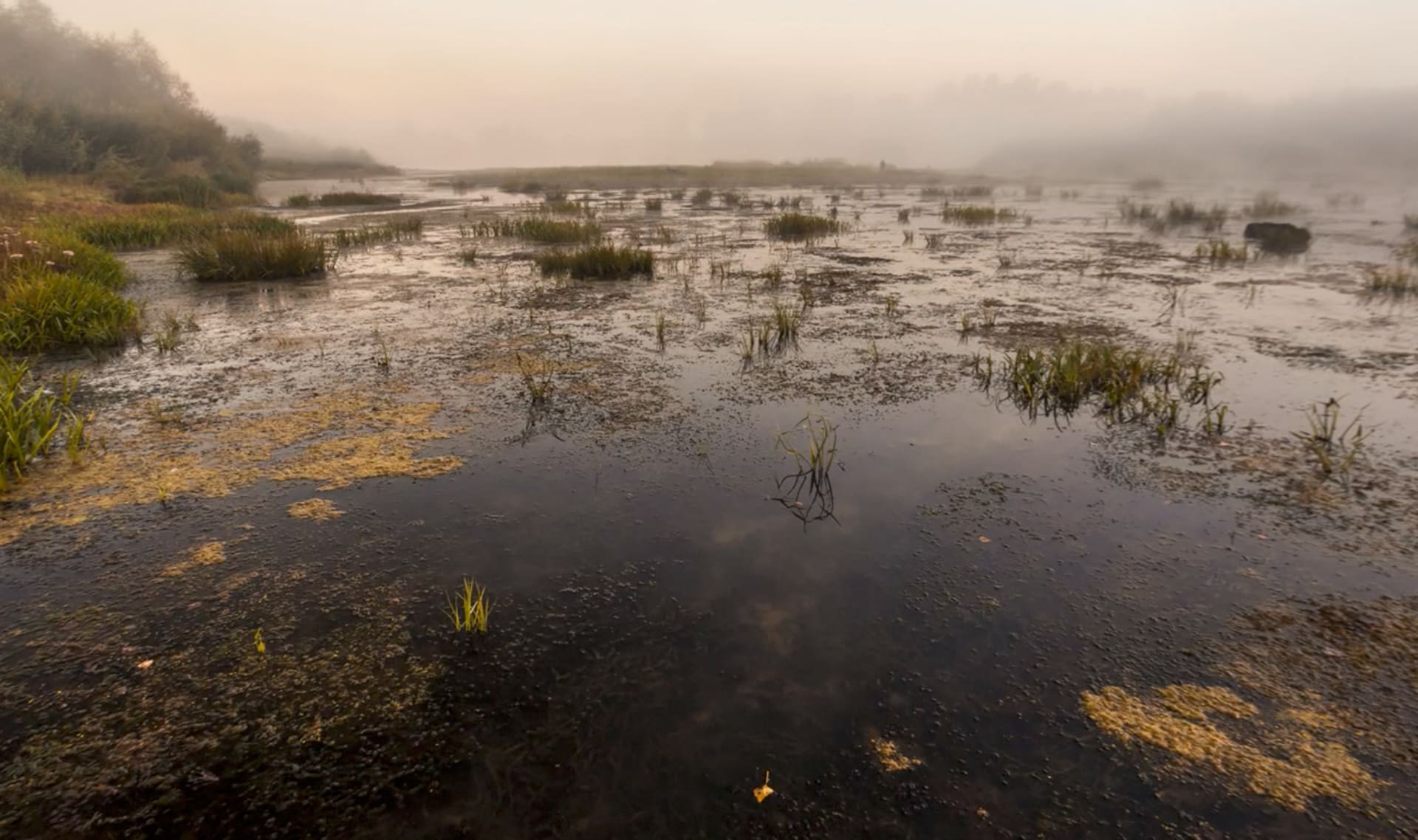
pantano
8 de 12
un hábitat cubierto de agua y lleno de árboles
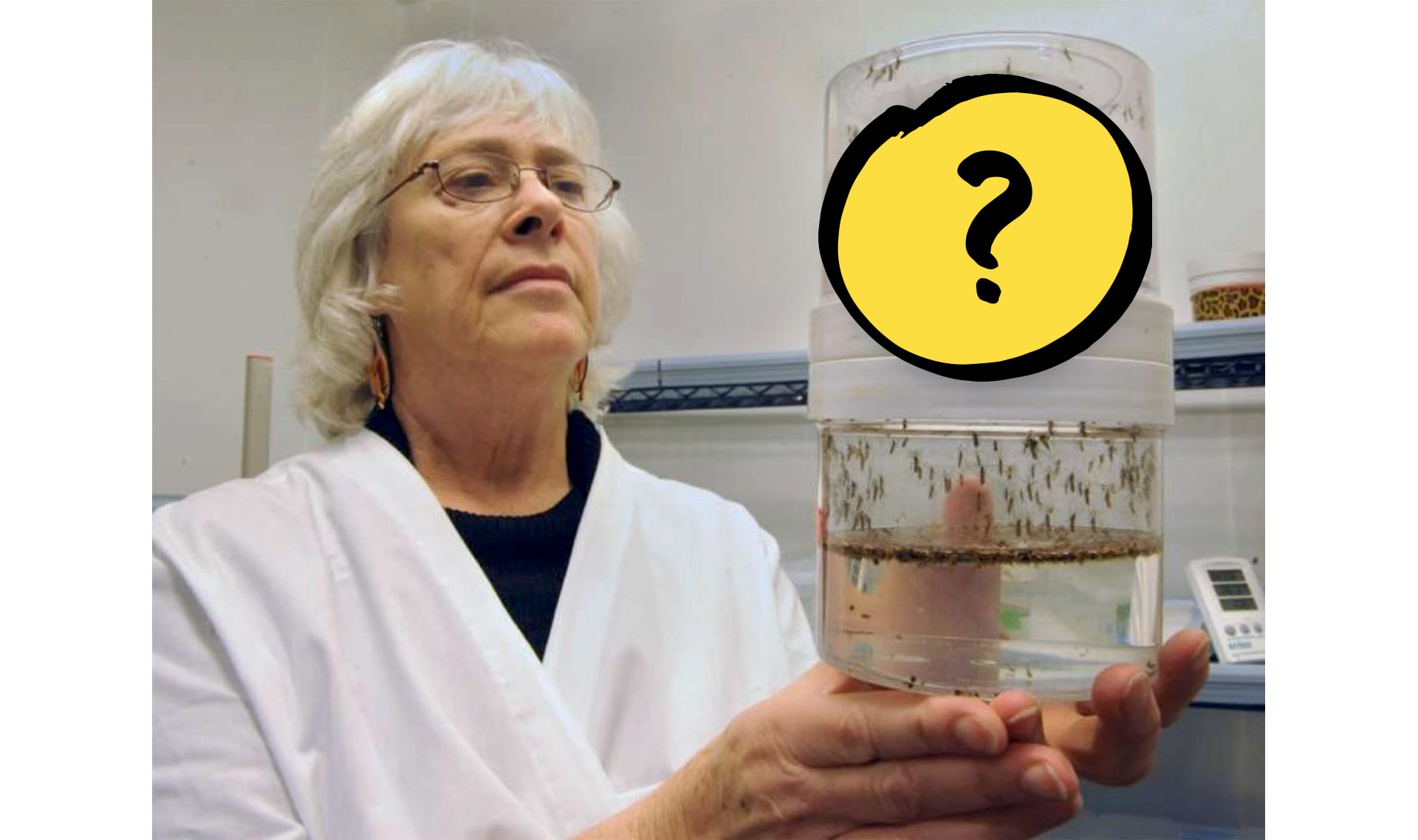
observar
9 de 12
ponerle mucha atención a algo
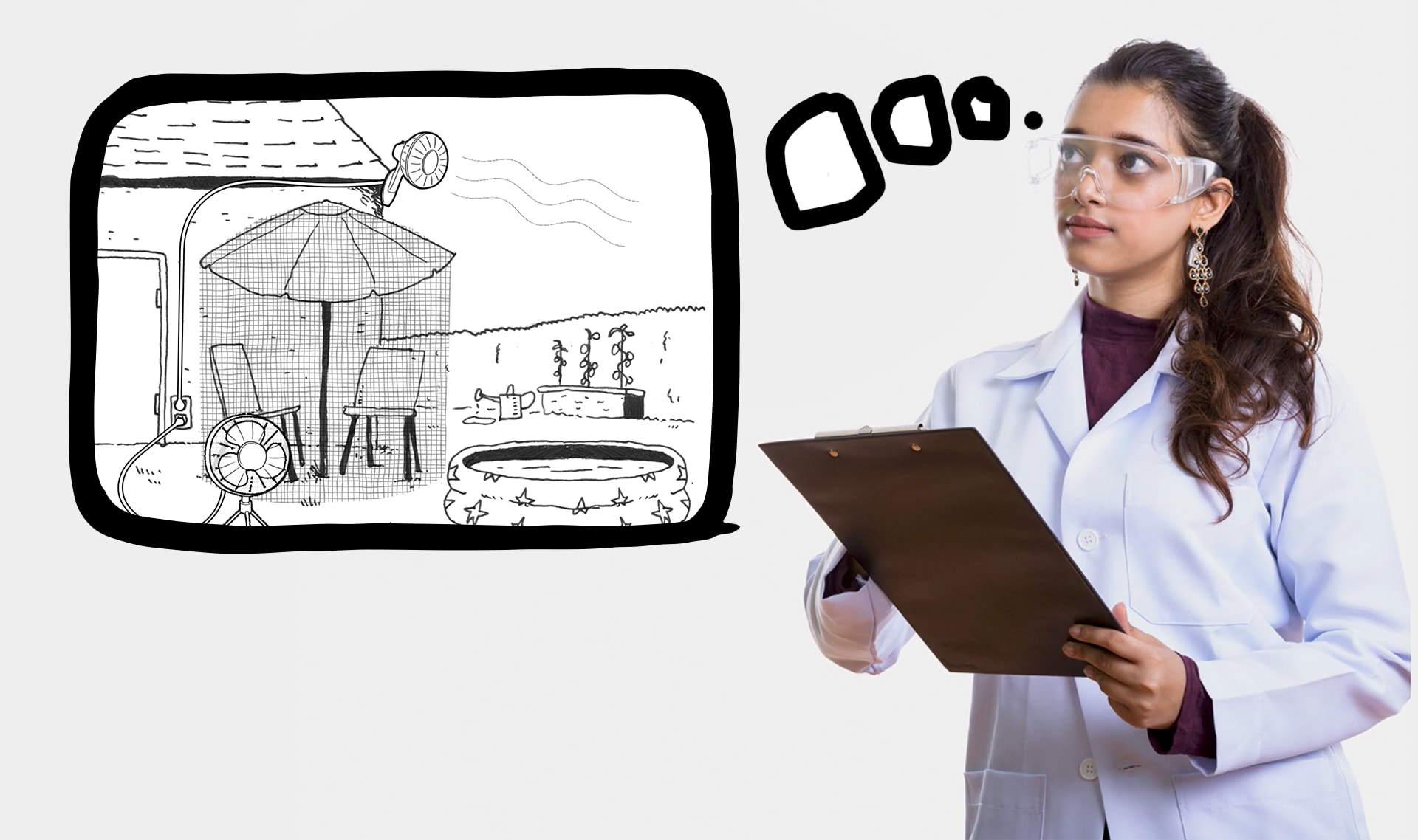
diseñar
10 de 12
hacer un plan sobre cómo crear o hacer algo
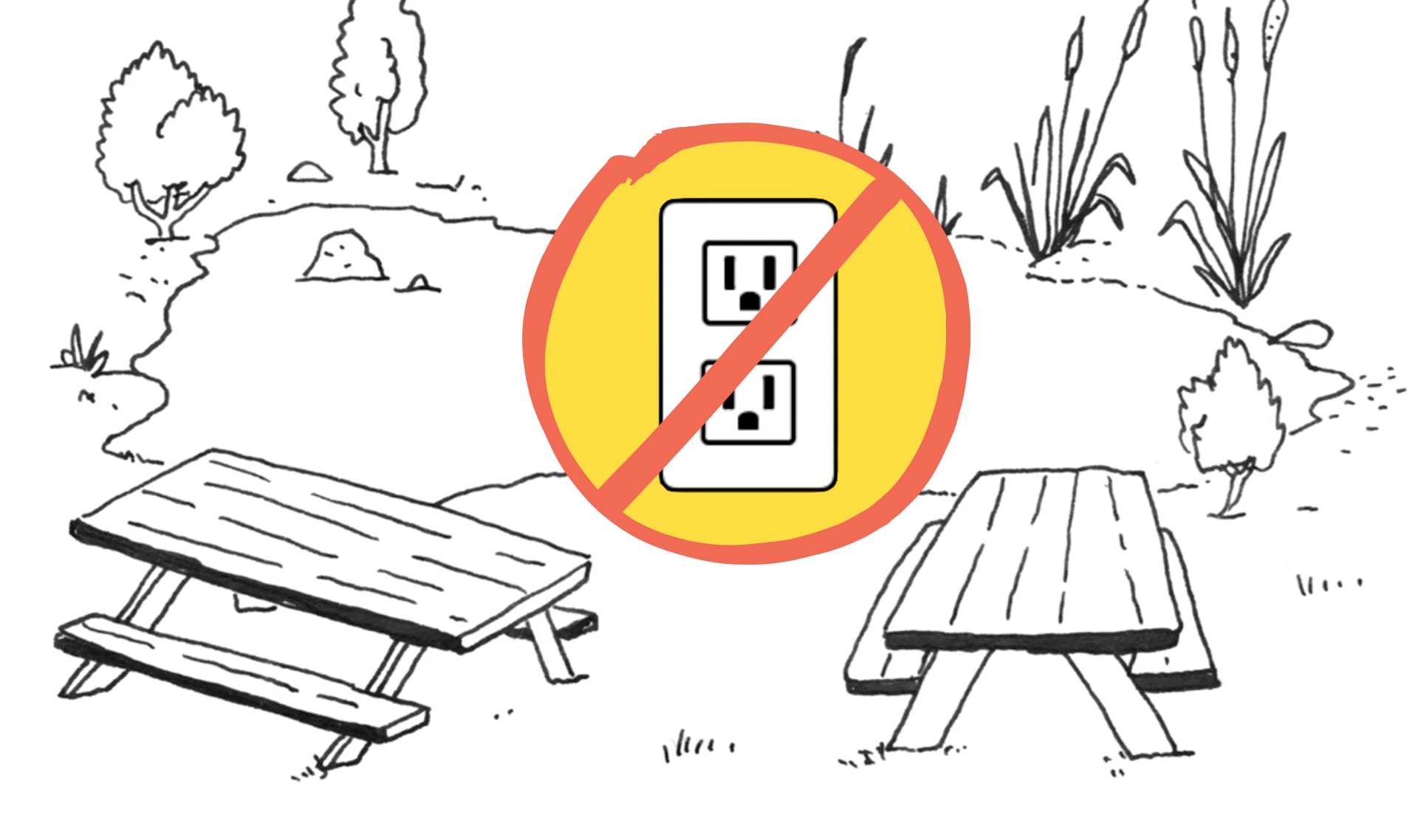
limitación
11 de 12
algo que limita lo que puedes hacer
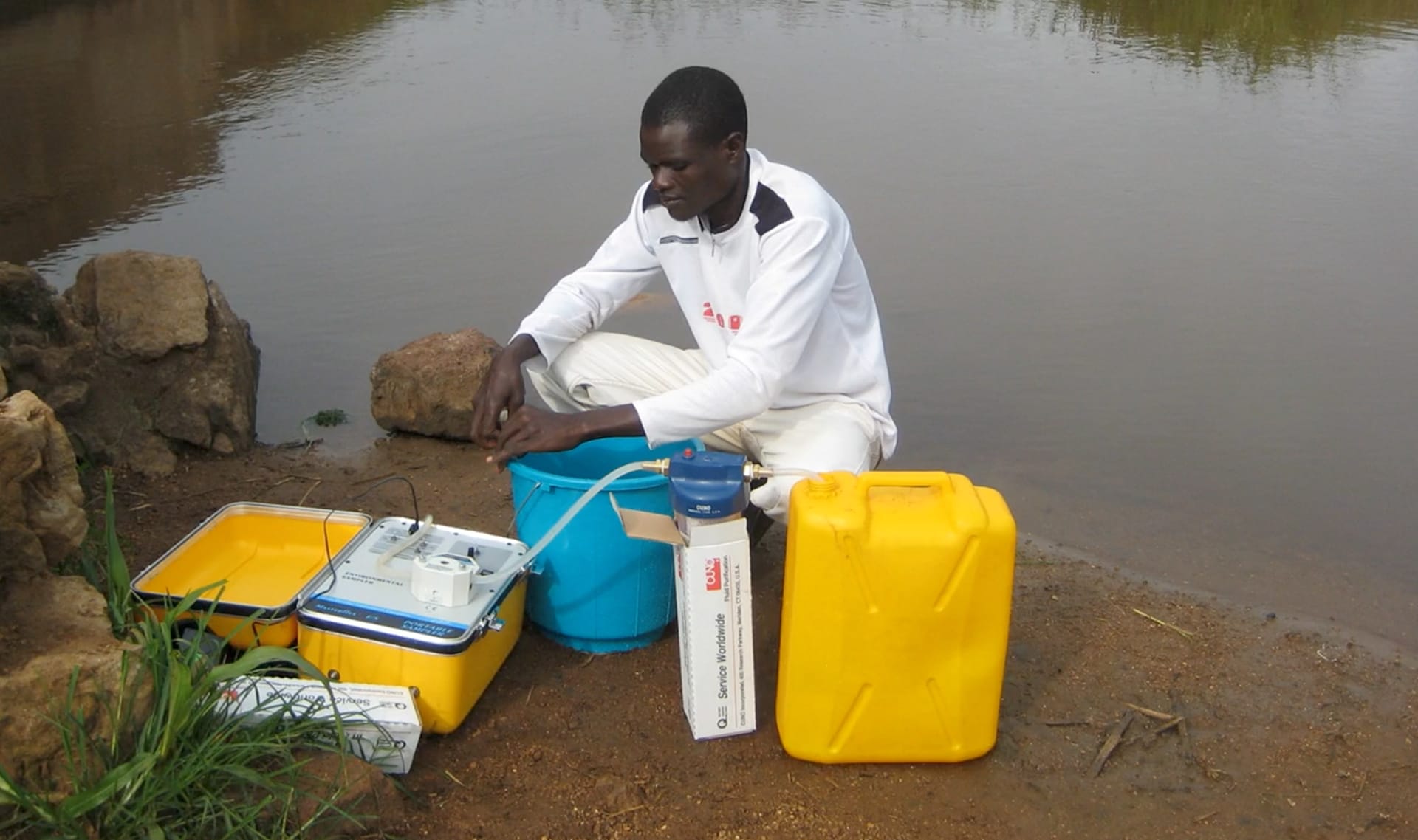
ingeniero
12 de 12
una persona que utiliza la ciencia para diseñar soluciones a ciertos problemas
🎉
That’s it for this lesson! How did it go?
Extend this lesson
Sign up now for more great lessons!
